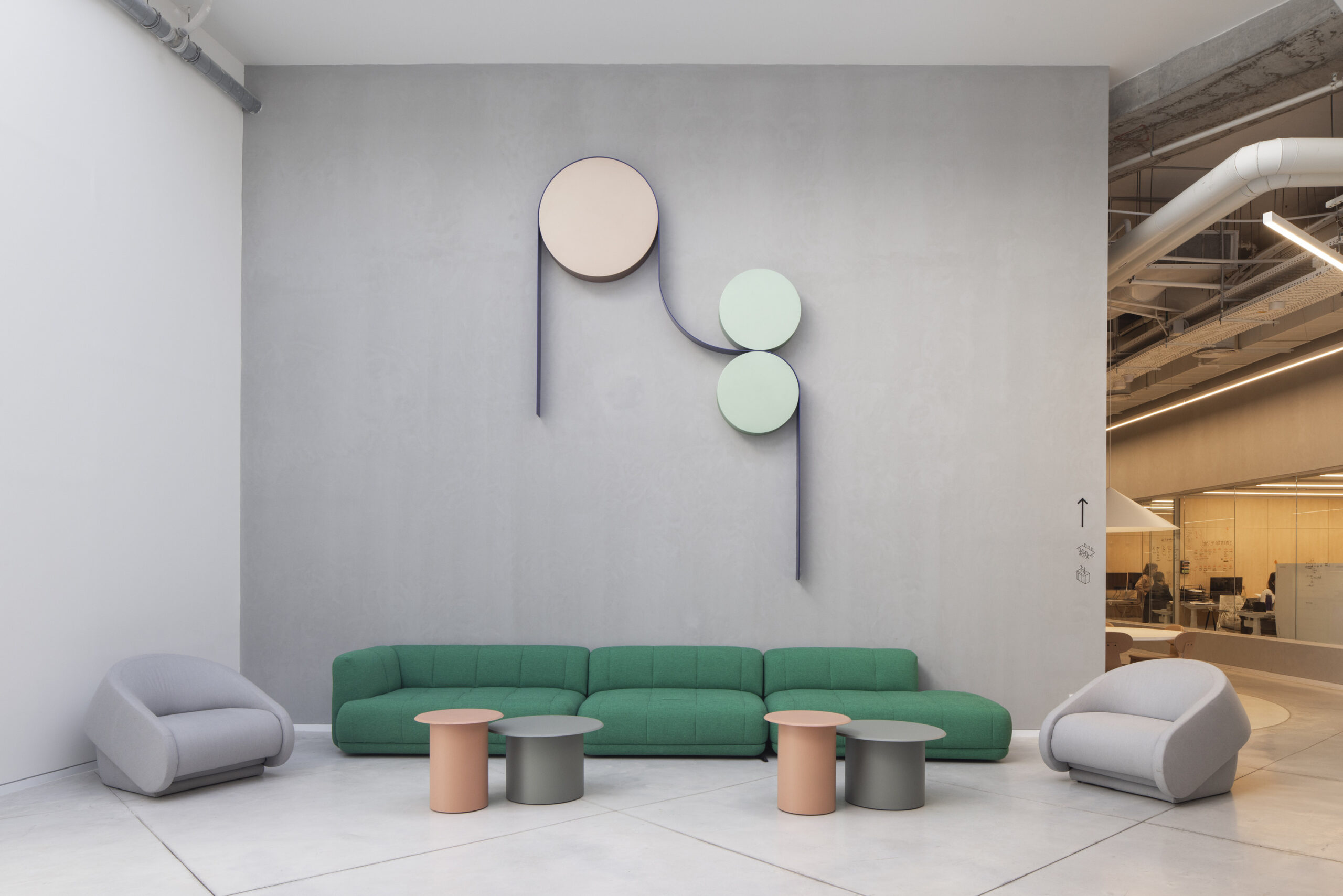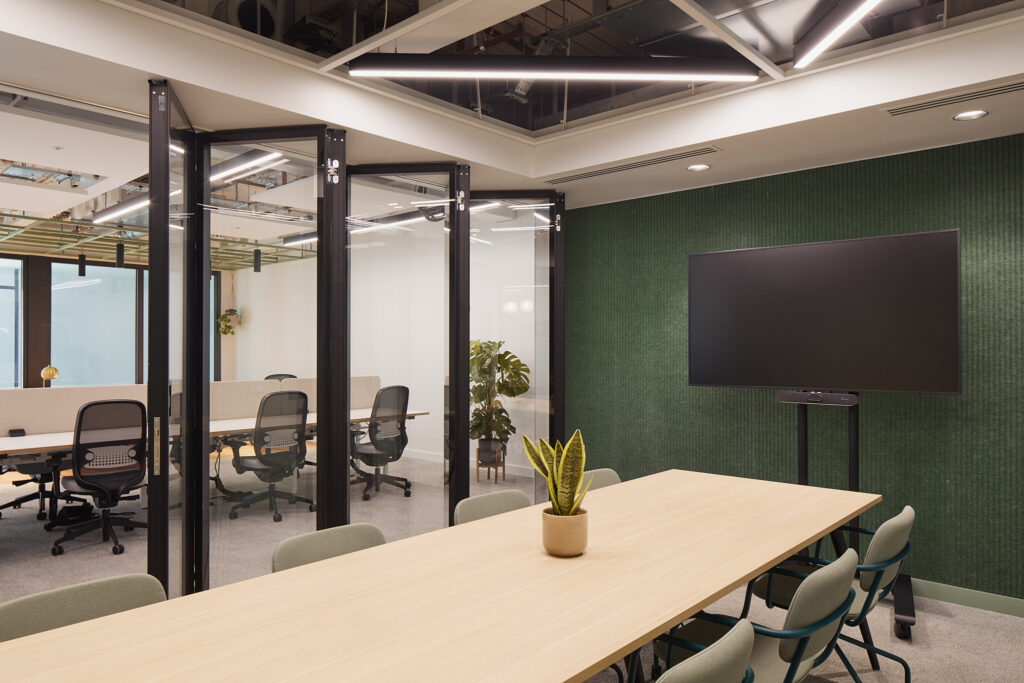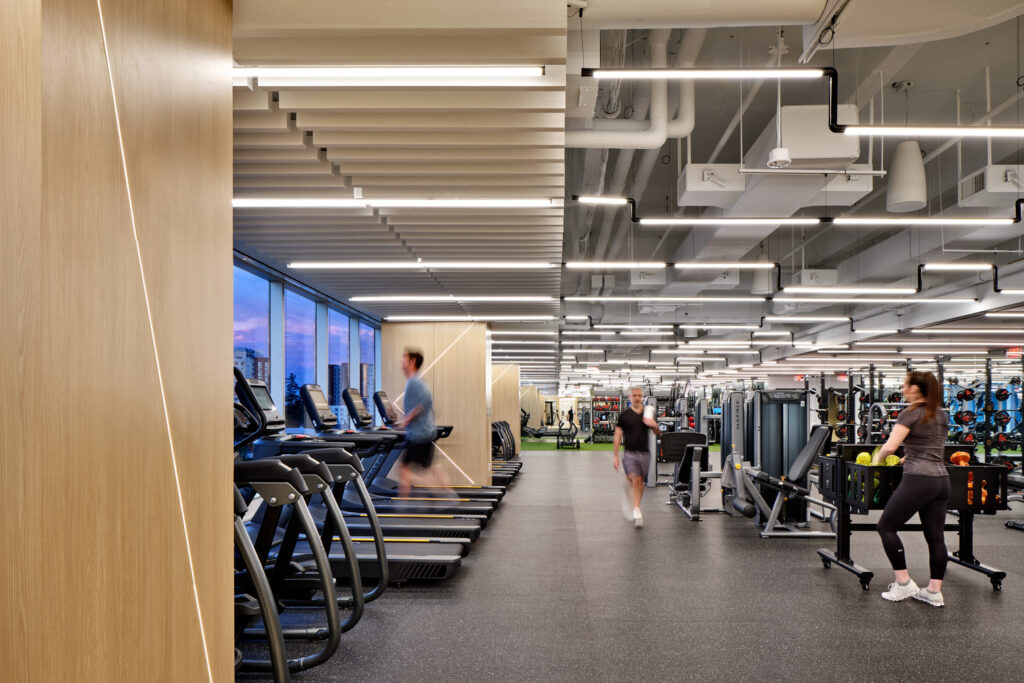Insight
7 Latest Trends in Commercial Interior Design

The world of commercial interior design is constantly evolving, influenced by changes in technology, culture, and consumer preferences. Several key trends have emerged that redefine traditional spaces into innovative environments that inspire creativity, enhance productivity, and promote well-being. Here’s a look at the latest trends in commercial interior design.
1. Sustainability and Eco-Friendly Materials
Sustainability is no longer a niche trend but a core element of modern design philosophy. Today’s businesses are opting for eco-friendly materials and sustainable practices not only to meet regulatory requirements but also to align with the values of environmentally conscious consumers and employees. This includes the use of recycled materials, sustainable wood, and low-VOC (volatile organic compounds) paints, as well as designs that maximize natural light and energy efficiency.

2. Biophilic Design
The inclusion of natural elements in the workplace through biophilic design continues to gain popularity. This approach integrates aspects such as indoor plants, living green walls, natural lighting, and organic materials, which have been shown to reduce stress, enhance creativity, and improve air quality. Biophilic designs create a more pleasant and healthy environment, making them a staple in offices, hospitality, and retail spaces.
3. Dynamic and Adaptable Spaces
With the shift in how we use workspaces due to hybrid work models, interior designs are increasingly dynamic and adaptable. Movable partitions, retractable walls, and modular furniture allow spaces to be reconfigured quickly for different uses, from collaborative meetings to individual workstations. This flexibility is crucial for accommodating fluctuating workforce sizes and the diverse needs of today’s workers.

4. Technology Integration
As digital technology advances, so does its integration into interior design. Smart commercial spaces now feature automated systems for lighting, heating, cooling, and even window treatments that enhance energy efficiency and user comfort. Additionally, integrated technology for remote collaboration tools is becoming standard, reflecting the global shift towards a more interconnected workforce.
5. Emphasis on Wellness
Wellness-centric design focuses on creating environments that promote the well-being of its users. This includes ergonomic furniture to prevent strain, layouts that encourage physical activity, and features such as noise reduction systems to enhance concentration. Wellness zones, relaxation areas, and fitness centers are becoming common fixtures in commercial spaces.

6. Bold Colors and Textures
Moving away from the minimalist color palettes that have dominated the past decade, there is now a shift towards bold and vibrant colors. These are often complemented by rich textures and patterns that add depth and character to a space. This trend is noticeable in accent walls, decorative fixtures, and statement furniture pieces that reflect a company’s brand identity and energize the space.

7. Experiential Design
Commercial spaces are increasingly designed with the experience of the user in mind. This involves creating immersive environments that engage the senses, often through the use of interactive elements, multimedia installations, and art displays. Experiential design can make spaces more memorable for visitors and can express a company’s culture and values vividly.
Conclusion
The latest trends in commercial interior design reflect a broader shift towards sustainability, flexibility, and a focus on creating enriching environments that cater to the well-being of users. For businesses, embracing these trends means investing in spaces that are not only aesthetically pleasing but also functional, future-proof, and aligned with the values of today’s society. As these trends continue to evolve, they promise to shape the future of commercial interior design in exciting ways.


